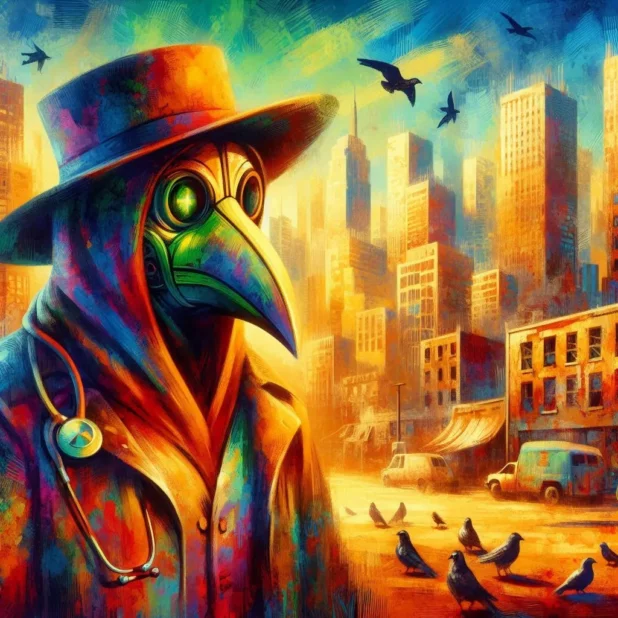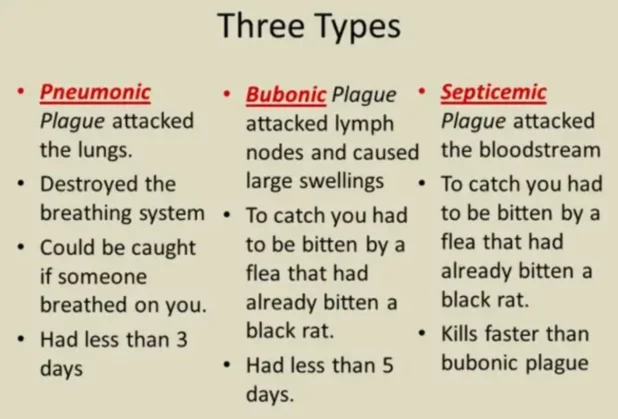Previously: Colorado Resident Dies from Black Death
Do you think “oops, looks like it developed resistance to antibiotics, so we’ll need to edit your genes real quick” is far fetched? It could scare people who don’t believe in viruses but understand that bacteria is very real. Even without involving an injection, it could persuade people to take a pill or something “with the new/updated antibiotic.”
Many of these 4th or 5th (or whatever it is now) generation antibiotics are super dangerous.
Just look up Ciprofloxacin. It’s completely unsafe. People die and get permanent injuries, develop lifelong conditions.
CNN:
Plague, one of the deadliest bacterial infections in human history, caused an estimated 50 million deaths in Europe during the Middle Ages when it was known as the Black Death.
While extremely rare, the disease is still around today, with a man in New Mexico dying of plague in March after being hospitalized for the disease and a person in Oregon being diagnosed with bubonic plague in February after likely being infected by their pet cat.
It’s transmitted by fleas that live on rodents. Symptoms usually appear within one to seven days after infection and include painful, swollen lymph nodes, called bubos, in the groin, armpit or neck areas as well as fever, chills and coughing.
How do you get the plague?
Plague affects humans and other mammals.
Usually, people get the plague after being bitten by a rodent flea carrying Yersinia pestis, the bacterium that causes the disease, or by handling an infected animal, according to the US Centers for Disease Control and Prevention.
Cats, which become sick themselves, can directly infect humans, while hardier dogs may simply carry the fleas back to their owners. People also can become sick by inhaling droplets from the cough of an infected person or animal.
…
Plague occurs naturally in rural areas in the western United States, particularly Arizona, California, Colorado and New Mexico. That’s where an average of seven human plague cases are reported each year to the CDC. But significantly more cases occur in parts of Africa and Asia.
From 2010 to 2015 there were 3,248 cases reported worldwide, including 584 deaths, according to the World Health Organization. It said the three most endemic countries are the Democratic Republic of the Congo, Madagascar and Peru.
There are three types of plague – bubonic, septicemic and pneumonic plague. With the pneumonic form of plague – which means it affects the lungs – there is a risk of direct transmission from human to human. That was the case in the large outbreak in Madagascar in 2017, where there were 2,348 confirmed, probable and suspected cases and 202 deaths.
The last urban plague epidemic in the United States occurred in Los Angeles from 1924 through 1925, the CDC said.
How worried should I be?
Modern antibiotics – streptomycin is the usual first-line treatment – can prevent complications and death if given promptly after symptoms appear. The treatment is used for the two most common types of plague: bubonic and pneumonic.
My advice is: if you end up catching the plague, eat chicken soup and watch some movies for a few days.
 Daily Stormer The Most Censored Publication in History
Daily Stormer The Most Censored Publication in History




